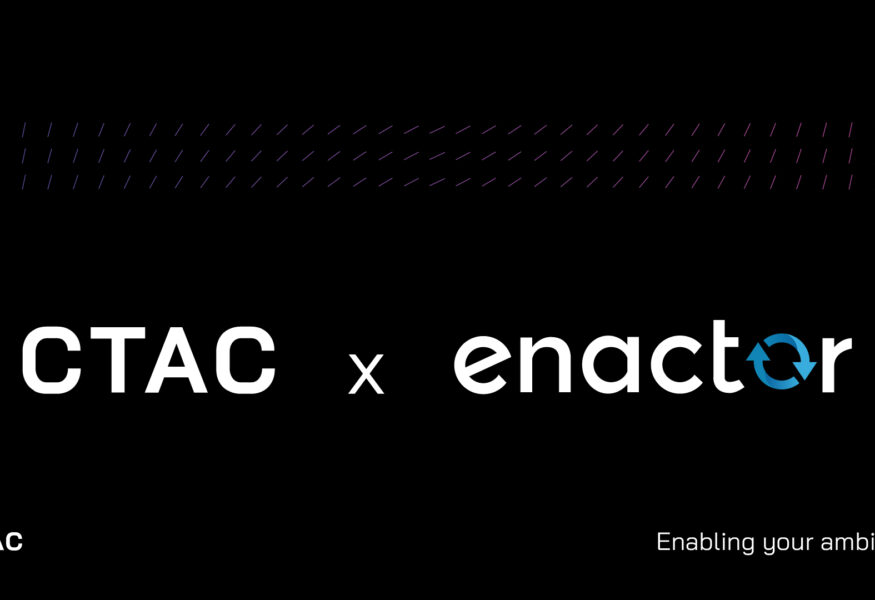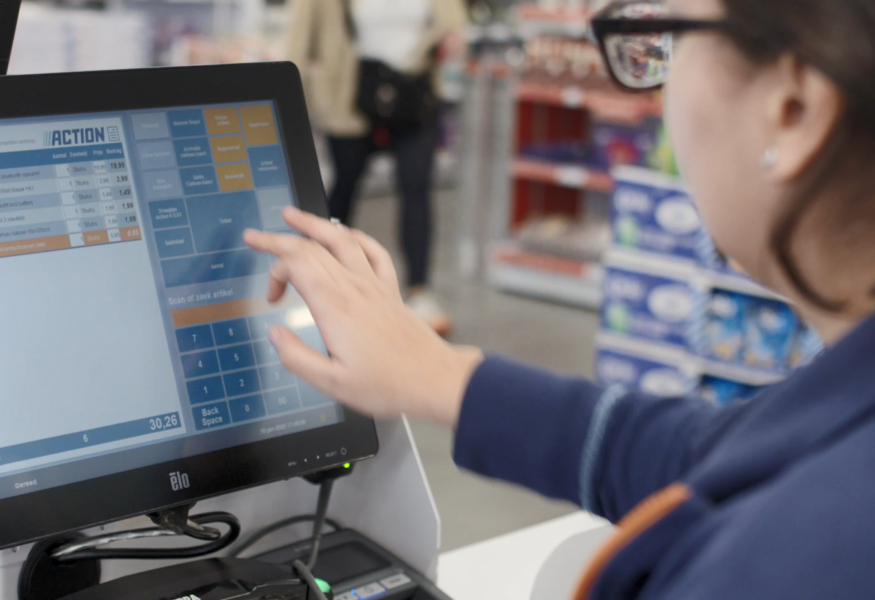Solutions that do support multiple touchpoints are often built with different technology. This leads to duplicate maintenance, inconsistency in functionality and integration issues, making features that are commonplace on traditional POS systems unavailable on mobile or self-scanning POS systems.
Solution: Unified Commerce with MACH architecture
Retailers find the solution in Unified Commerce supported by MACH principles: Microservices, API-first, Cloud-native and Headless. This combination enables rapid implementation of new technologies and touchpoints. Headless commerce plays an important role: by decoupling the frontend (customer interface) from the backend (systems and data), you can easily set up new touchpoints. Central management of business logic, data and integrations ensures a streamlined experience for both customers and employees.
Moreover, with Unified Commerce and the right front-end technology, you are not tied to specific hardware or operating systems. The OS-agnostic technology makes the solution flexible, so retailers are not tied to one vendor or platform. This prevents vendor lock-in and offers the freedom to respond quickly to new technologies or market conditions.
Examples
Imagine you want to integrate a new CRM system, change a process step in your click & collect, or add a payment step to your clienteling app. In a traditional system, you may have to configure and integrate these changes for each individual touchpoint. This means you have to make the same changes multiple times, which is time-consuming, costly and error-prone.
With a Unified Commerce platform based on MACH, you make such a change only once in the central backend. That one process or integration change is automatically propagated to all touchpoints and any OS. This approach makes everything faster, more efficient and cheaper.












